Statement-1: Ampere's law cannot be used determine magnetic field due a current carrying wire of finite length
Statement-2: Ampere's law is not valid for wires finite length
Statement-1 is Ture, Statement-2 is Ture, Statement-2 is correct explanation for Statement-1
Statement-1 is Ture statement-2 is True Statement-2 is NOT a correct explanation for Statement -1
Statement-1 is True, Statement-2 is False
Statement-1 is False,Statement-2 is True
The correct Answer is:C
Step by step video & image solution for Statement-1: Ampere's law cannot be used determine magnetic field due a current carrying wire of finite length Statement-2: Ampere's law is not valid for wires finite length by Physics experts to help you in doubts & scoring excellent marks in Class 12 exams.
Updated on:21/07/2023Similar Questions
Find magnetic field at C by the system of current carrying wire.
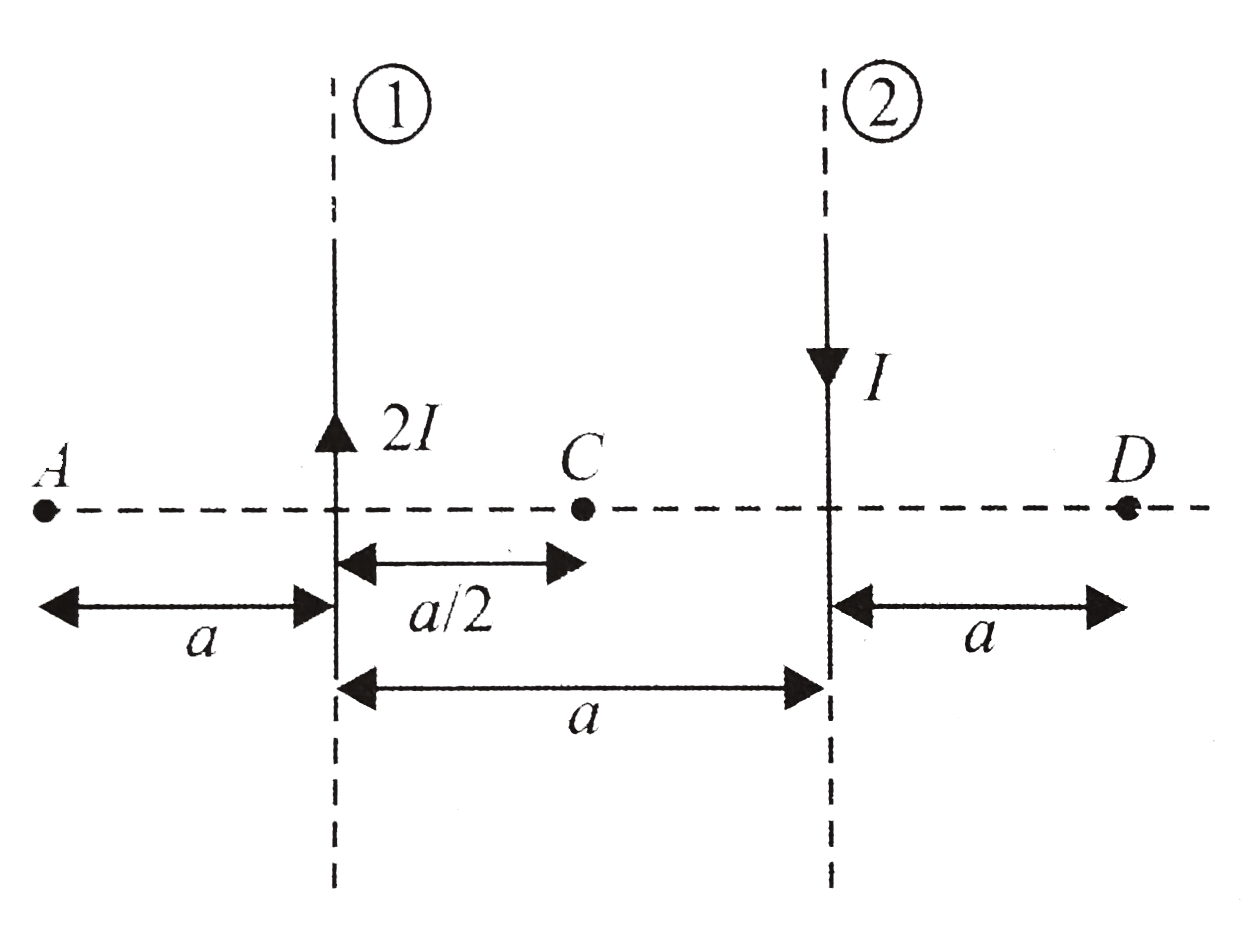
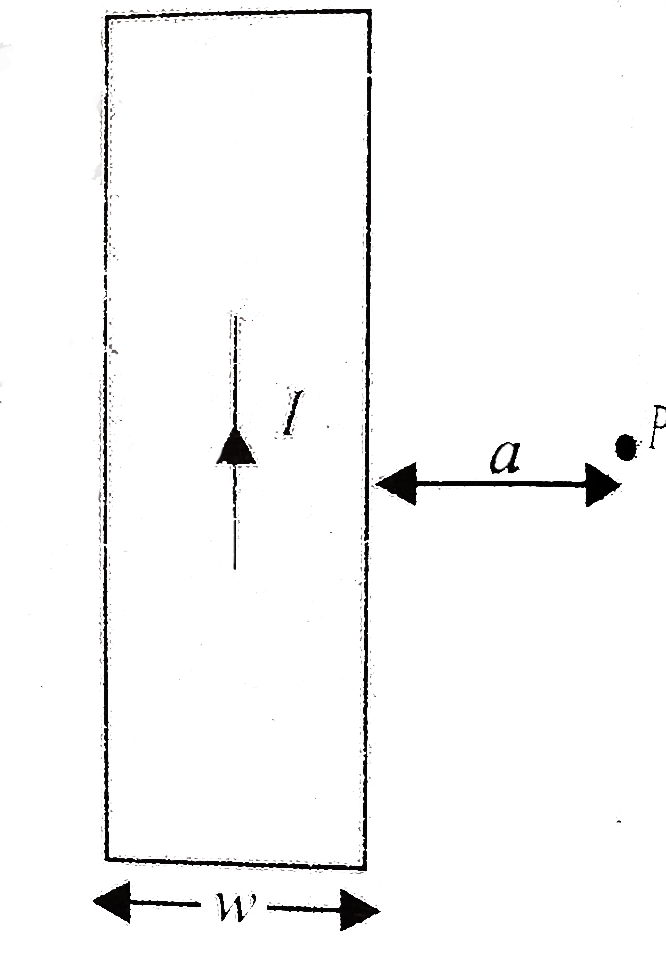
View SolutionConsider the magnetic field produced by a finitely long current carrying wire .
View SolutionThe magnetic field in a straight current carrying conductor wire is:
View SolutionThe resulting magnetic field at the point O due to the current carrying wire shown in the figure:
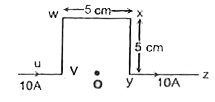
View SolutionFind the magnitude and direction of magnetic field at point P due to the current carrying wire as shown in
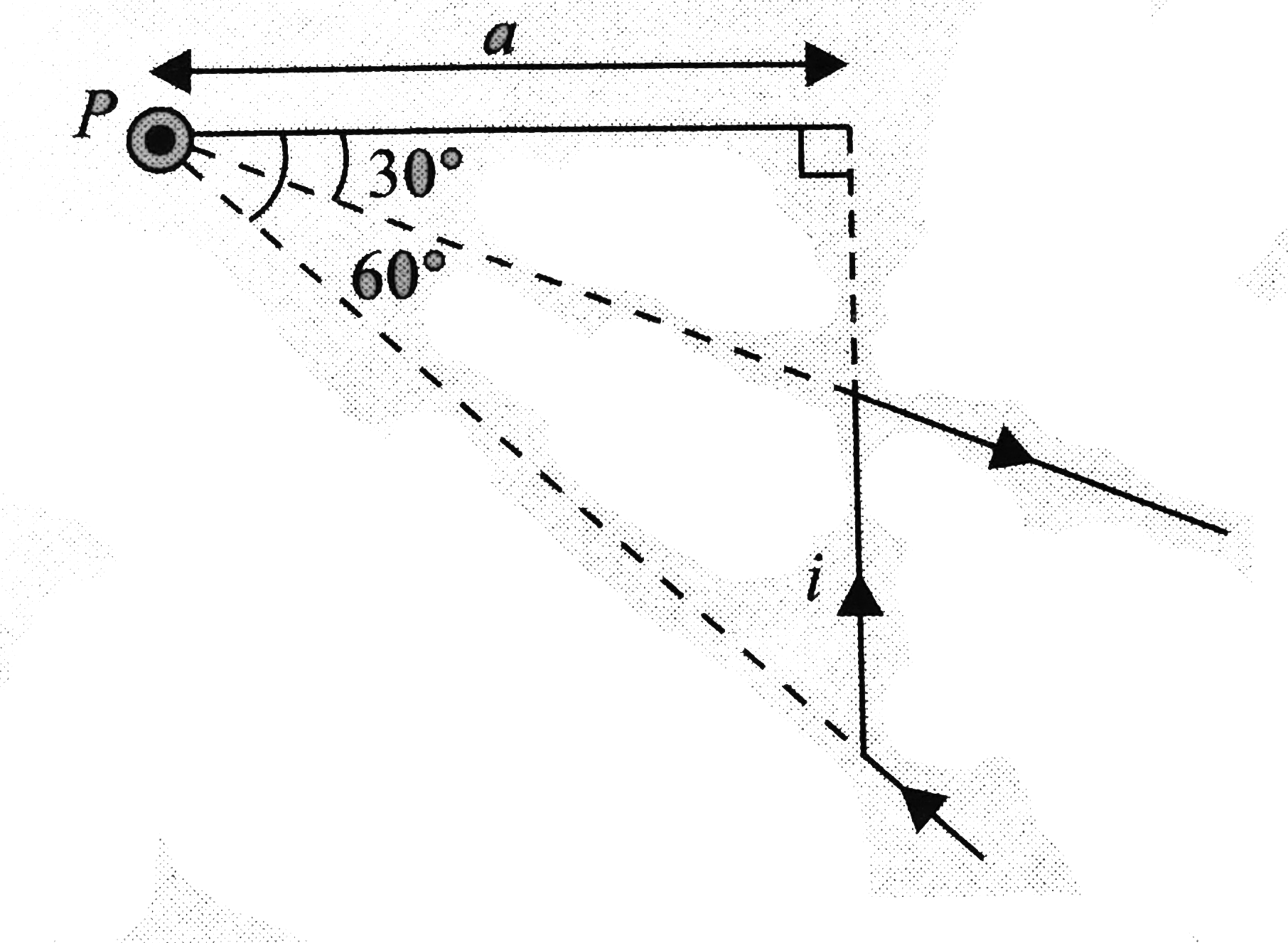
View SolutionMagnetic field at a distance a from long current carrying wire is proportional to
View SolutionIn using Ampere's law,to find the magnetic field inside a straight long soleniod the loop that is taken is
View SolutionWhat is the magnetic field ∣∣→B∣∣ at the point P due to a current carrying wire of length AB (having a current of 2A) shown in figure ?
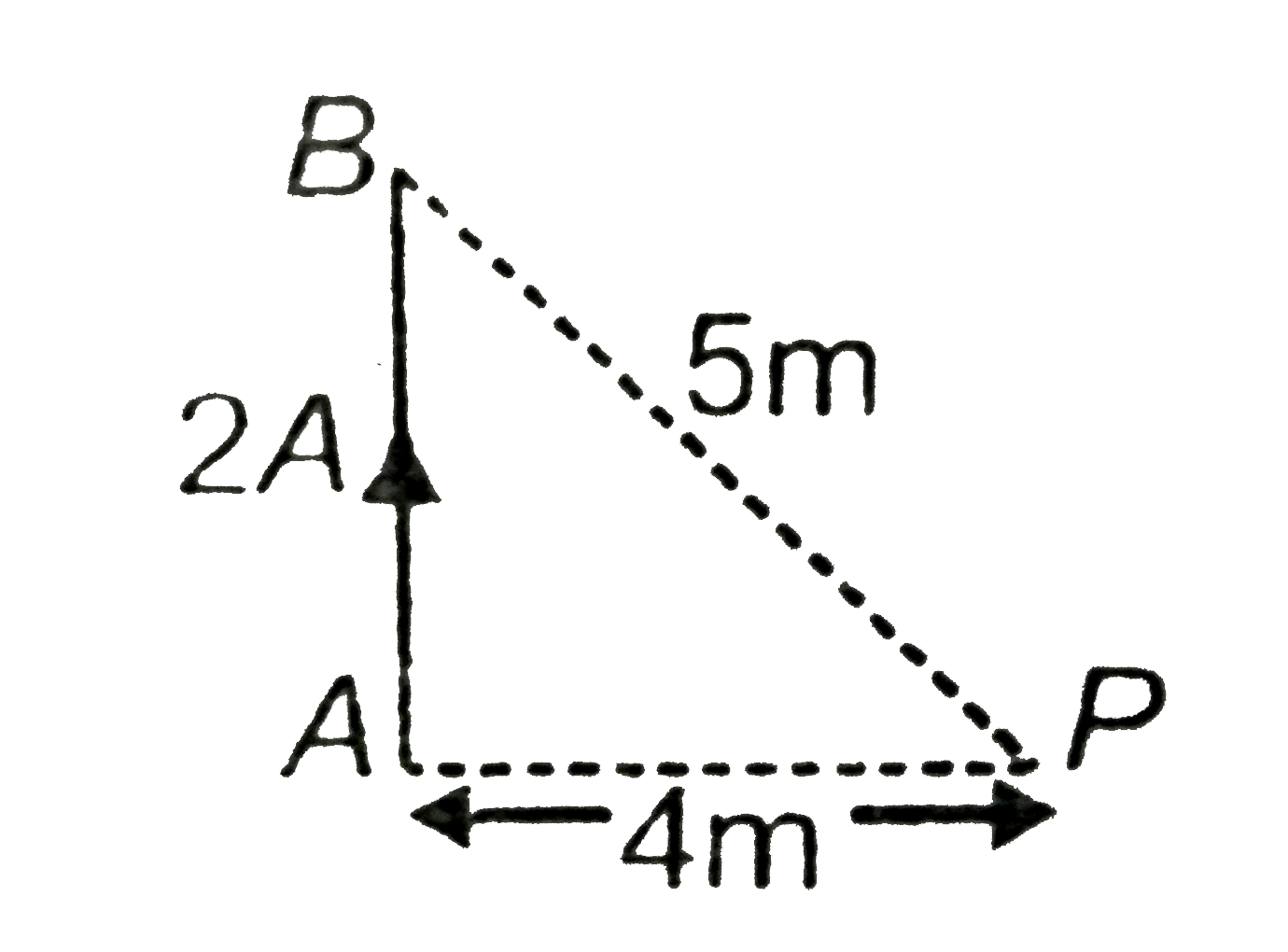
View SolutionCan you use Ampere's law of find the magnetic field at the centre of a ring of radius R and carrying current l?
View SolutionStatement-1 If a positive charge is thrown parallel to a current carrying wire it will be attracted by the wire
Statement-2 If a negative charge is thrown antiparallel to a current carrying wire it will be repelled by the wire
Statement-3 A current carrying wire can apply to a force on a charge placed near it
View Solution
